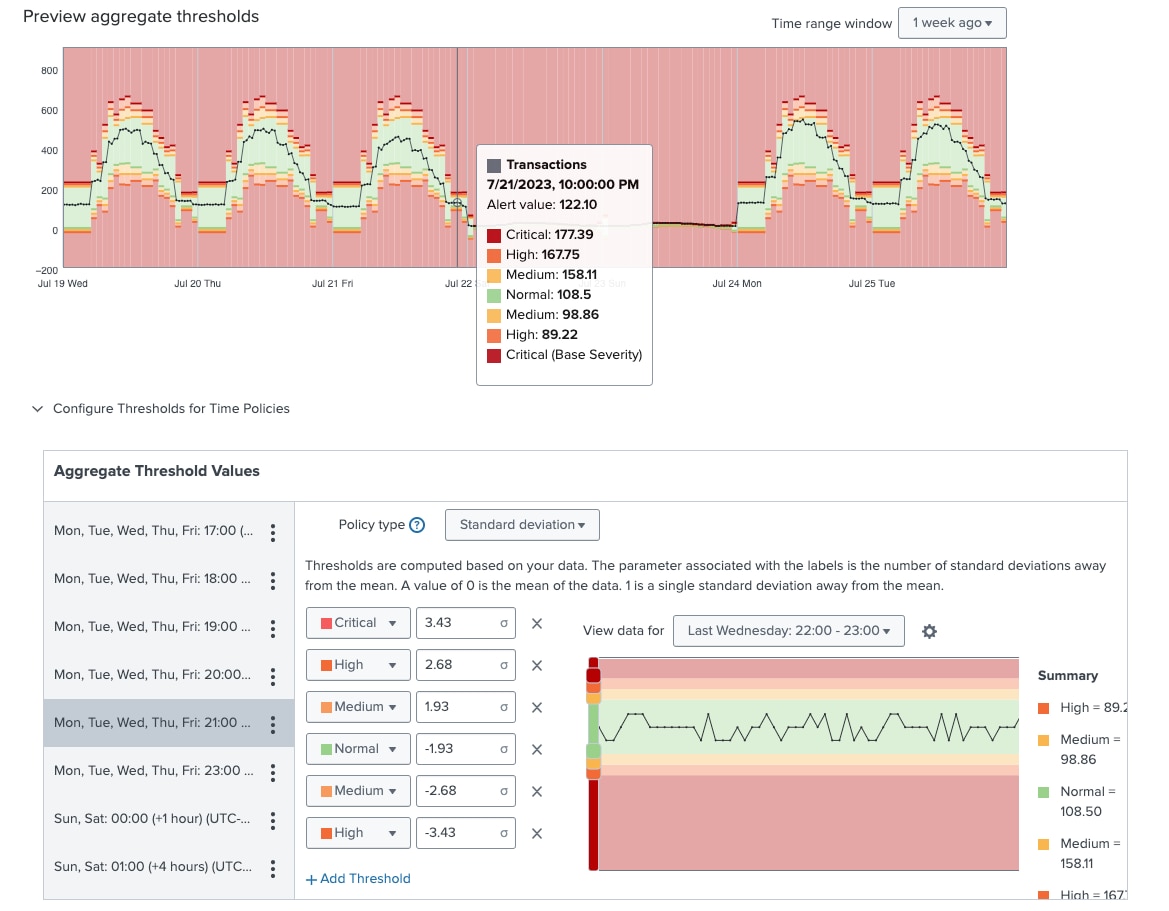IT Blogs
IT
3 min read
Learn how ML-Assisted Thresholding in Splunk ITSI can recommend the optimal adaptive threshold configurations for KPIs so you can get up and running faster.
Latest Articles
Benefits of Predictive IT
Go from reactive to predictive IT and get ahead of issues before they arise with Splunk IT Service Intelligence
A Major Step Forward for Apache Pulsar: New Top-Level Apache Project
A look at the journey of Apache Pulsar, from solving problems at Yahoo! to a new solution for streaming and messaging.
Creating Work Queues with Apache Kafka and Apache Pulsar
Jesse Anderson of Big Data Institute takes a look at use cases for work queues and a comparison of using Apache Pulsar and Apache Kafka to implement work queues.
Introducing Pulsar IO
Jerry provides an overview of Pulsar IO, a framework for moving data into and out of Apache Pulsar, explaining how it works and how to build connectors using Pulsar IO.
Splunk Growing Fastest Among IT Operations Vendors in IDC’s Worldwide IT Operations Management Software Market Shares, 2017
We’re excited to share that Splunk has been ranked #2 in market share for IDC’s Worldwide IT Operations Management Software Market Shares, 2017 report
Splunk Reaches #2 in Gartner's Top 10 Named ITOM Performance Analysis Software Vendors
Splunk reaches #2 in Gartner's Market Share Analysis: ITOM, Performance Analysis Software, Worldwide, 2017
Tiered Storage in Apache Pulsar
A closer look at tiered storage, a new feature in Apache Pulsar 2.1 that allows Pulsar to offload cold data to low-cost external storage systems.
Splunk and VictorOps: Two Great Companies Working Towards One DevOps Vision
Splunk’s SVP of IT Markets, Rick Fitz, sits down for an exclusive Q&A with Todd Vernon, former CEO and co-founder of VictorOps
The Pulsar Schema Registry
A dive into the new--and better--way for producers and consumers to keep current on the schema of data flowing through Pulsar.


